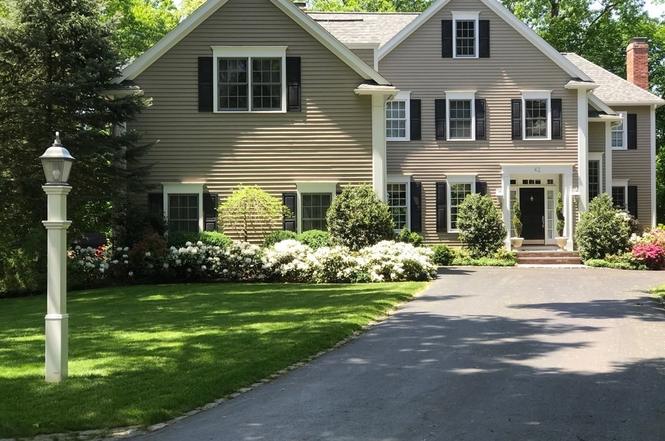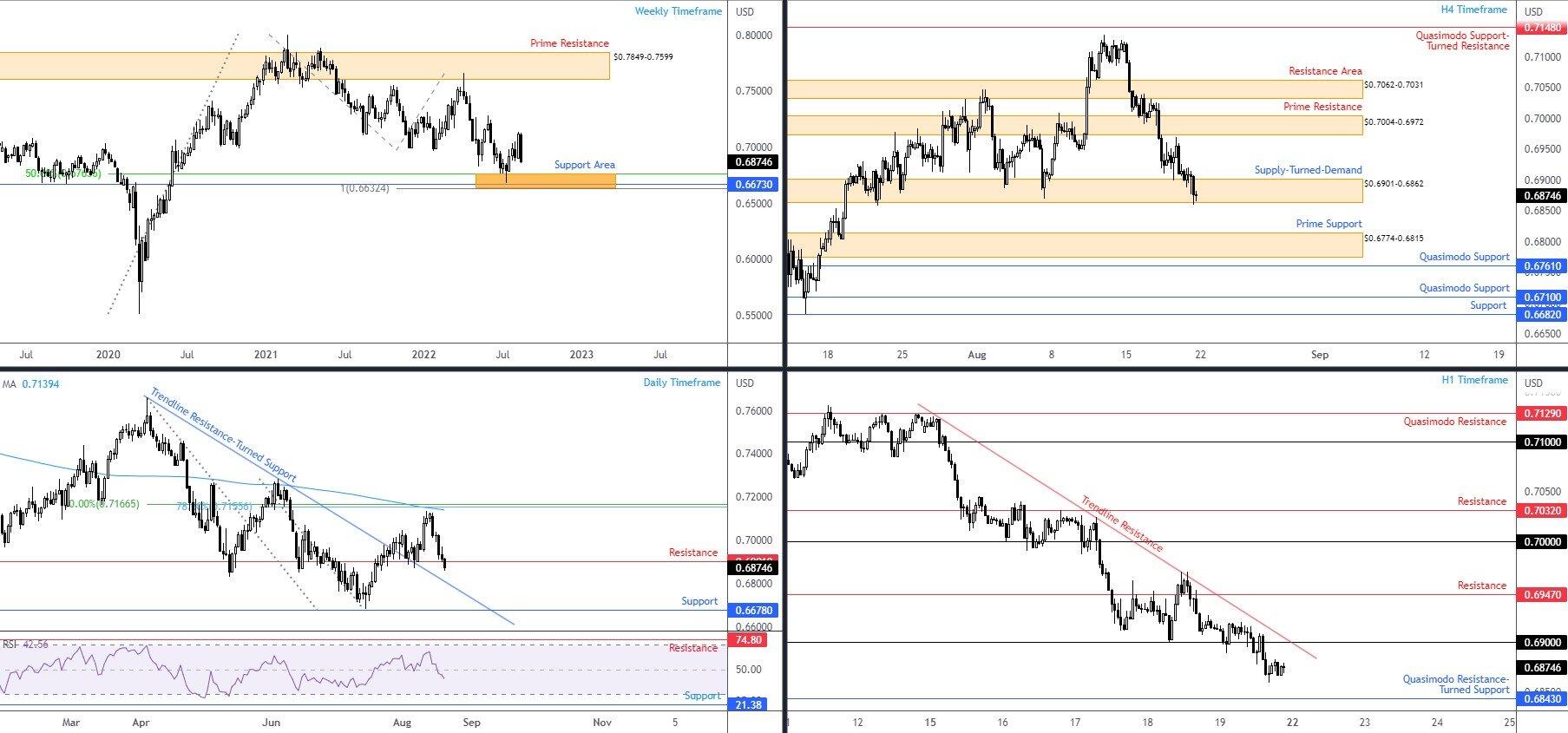

However, the efforts by regulated forex brokers to date have really helped foster a transparent environment for retail traders. The retail forex market is still much less developed relative to Europe and other jurisdictions. All South African traders are advised to only trade with brokers that are regulated, whether this is the case in South Africa or other jurisdictions. While not mandatory, many of the most recognizable brokers operating in the country today carry this license. Established in 2018, this regulatory body is seen as the paramount authority for financial services in South Africa.įorex Trading in South Africa – Getting Started Most of the leading forex brokers in the country have become regulated under South Africa’s principal regulatory entity, the Financial Sector Conduct Authority (FSCA). Since the Covid-19 pandemic initially began, South Africa has seen an increase of leading forex brokers enter the country in a bid to gain a foothold. By and large, this logic has proven sound, with many brokers having success currently in the country, also seeing an increase of clients. With a bourgeoning population and large pool of untapped potential South African traders, forex brokers have been targeting South Africa over the past few years as a growth prospect. This year we have expanded to new verticals in Online Trading, Fintech, Digital Assets, Blockchain, and Payments. Take Advantage of the Biggest Financial Event in London. This growth has been driven by the arrival of international brokers, widespread education surrounding retail investments, and improved access towards online trading capabilities. The last Crawford's closed in Norwalk in 2007.South Africa has experienced a rapid development of forex trading across the country in recent years. Crawford's continued at a much smaller scale, with stores operating into the early 1990s.

That store became a Market Basket in March of 1976. In 1964, the western-themed Crawford's Corner was built at the site of the original market.

There were also locations in Glendale and Orange County. The chain continued to grow, with stores primarily in the San Gabriel Valley. He refused to press charges and, in the final divorce, she was granted stock in the company. In 1941, the Crawfords went through a contentious split - Leemoria "accidentally" shot Wayland. Billed as "The Biggest Country Store in the World", the huge FIve Points location sold pretty much everything. In 1937, a Crawford's store opened at El Monte's Five Points. From there, a market was built at the corner of Valley and 9th.

Crawford and his wife, Leemoria, built a market in Alhambra at Valley and New in 1929. Then, the name faded into history.įrom a humble start selling watermelons off the back of a truck, Wayland H. A few stores still operated as The Boys as late as 1993. Just 18 days later, American Breco merged into the Yucaipa Company (sound familiar?). A year later, some suburban store names were changed to Market Basket, evoking a prior SoCal chain with the same name, that had only departed a few years earlier. The business stayed in the Goldstein family until 1988, when American Breco Company bought it. The Boys turned their focus from suburban to urban locations, growing to 54 stores. That market later served as the company's headquarters through the 1980s. By 1931, they'd opened what was billed as their first full-service market at Monte Vista St. By the time the brothers opened their first market on the site in 1924, they were joined by another brother. Folks would say they were going to visit "the boys'" stand. Soon, they set up a produce stand along Telegraph Road in East Los Angeles. Shortly after his father died, teenage Joe Goldstein and two of his brothers began selling fruit door-to-door to support their Boyle Heights family.


 0 kommentar(er)
0 kommentar(er)
